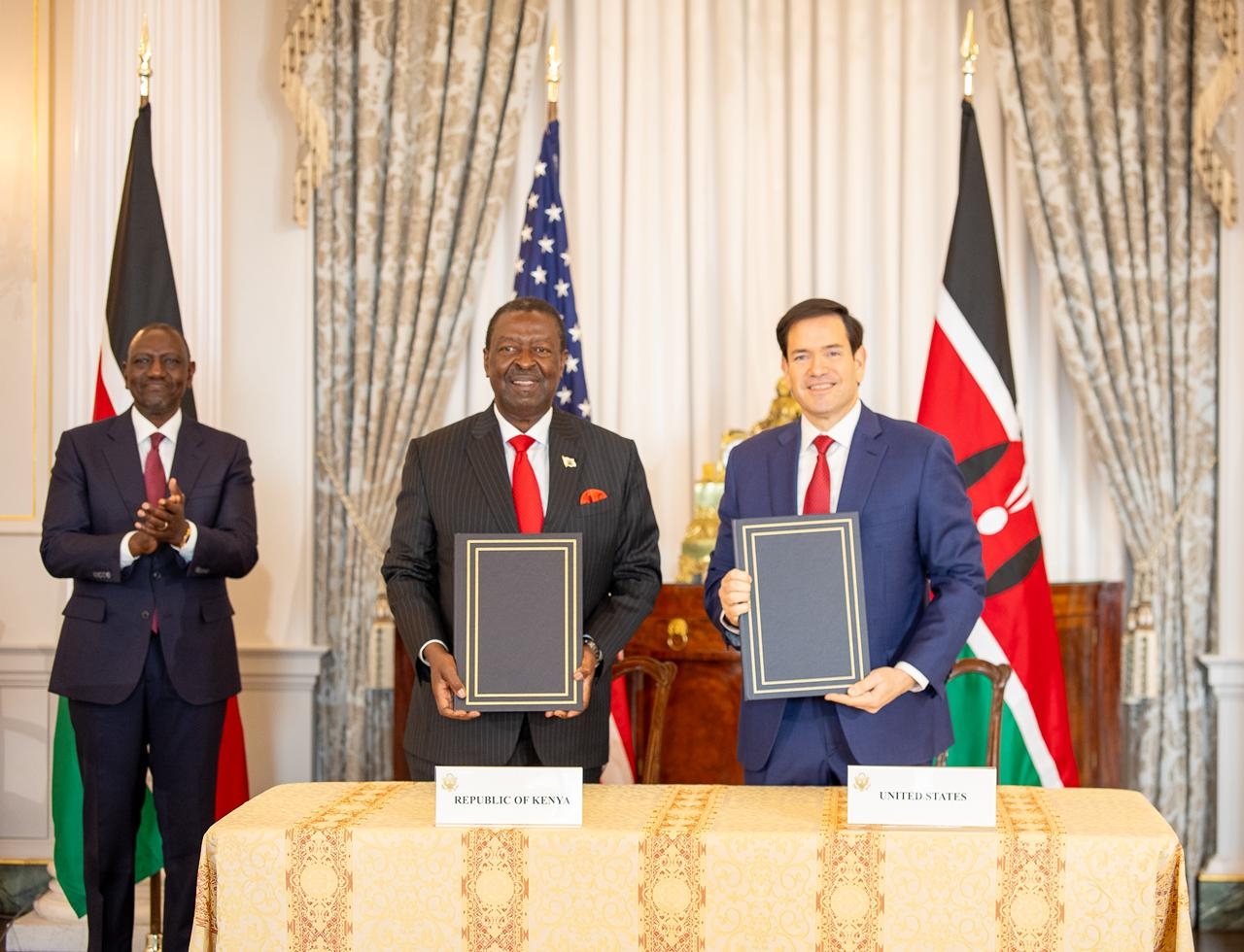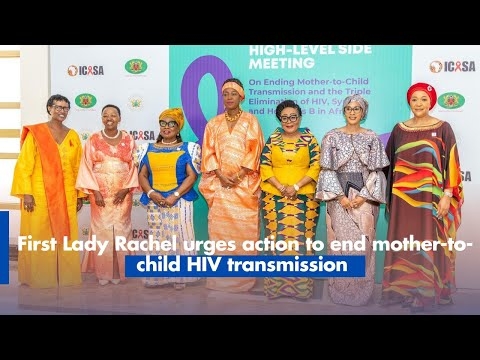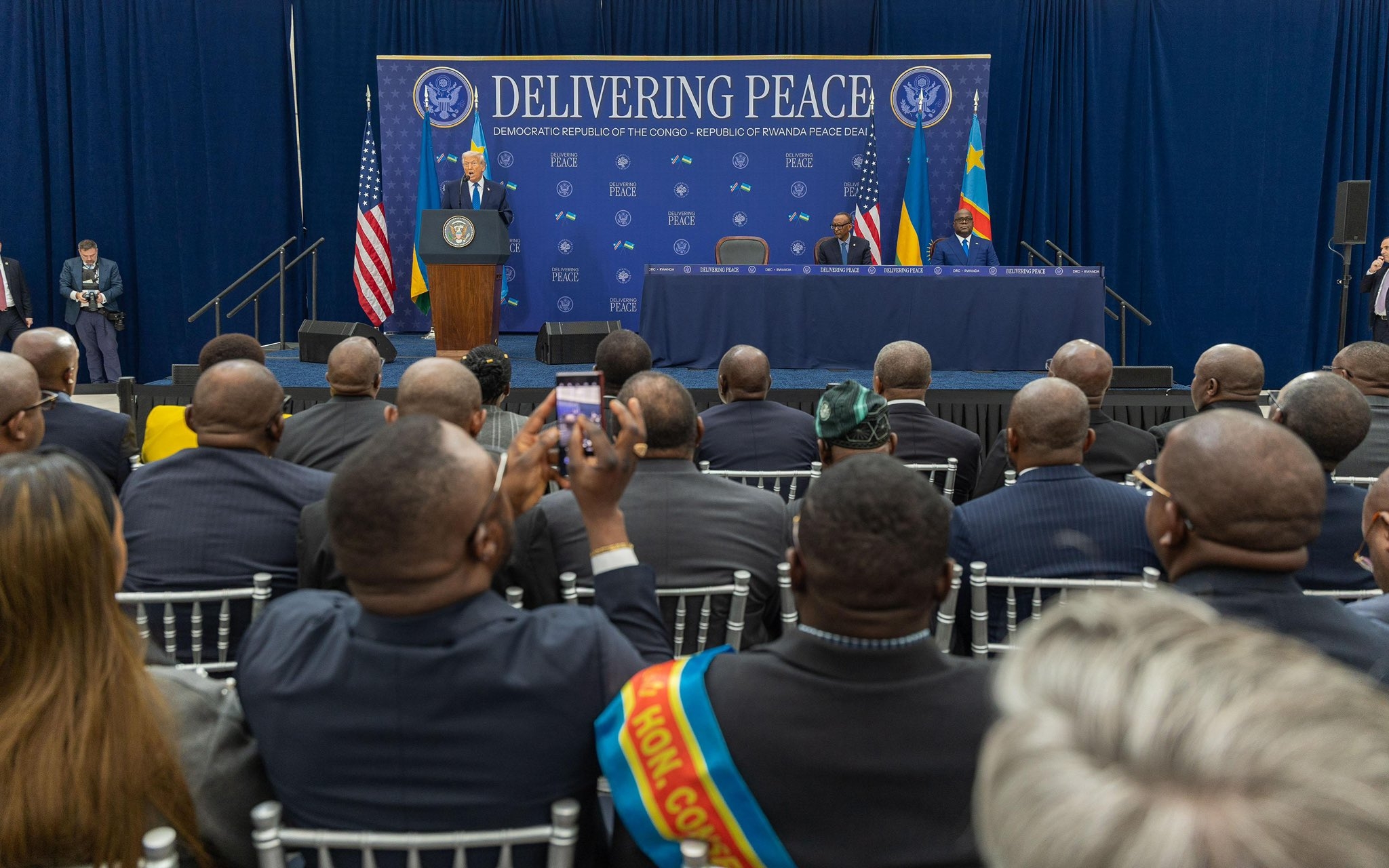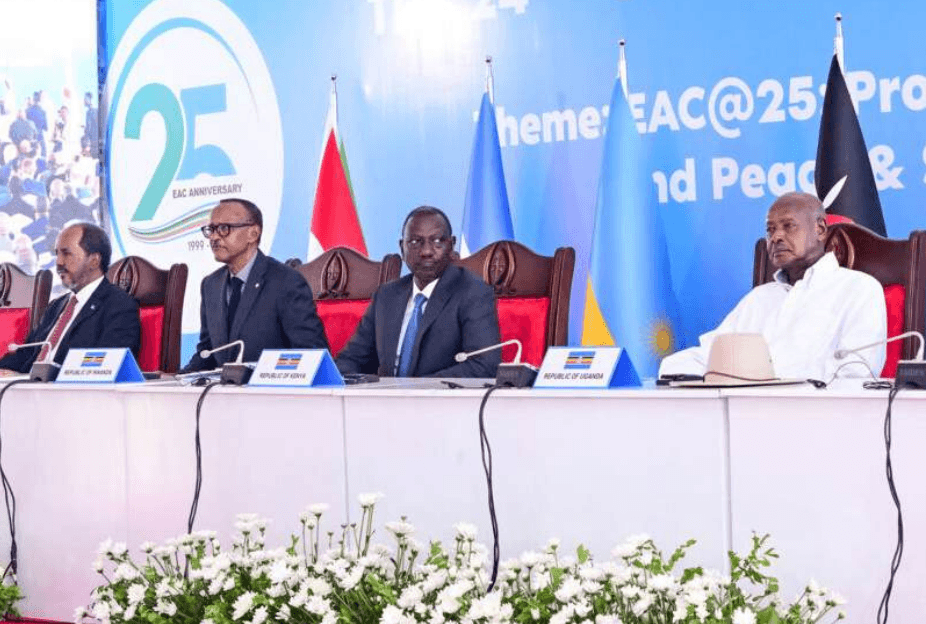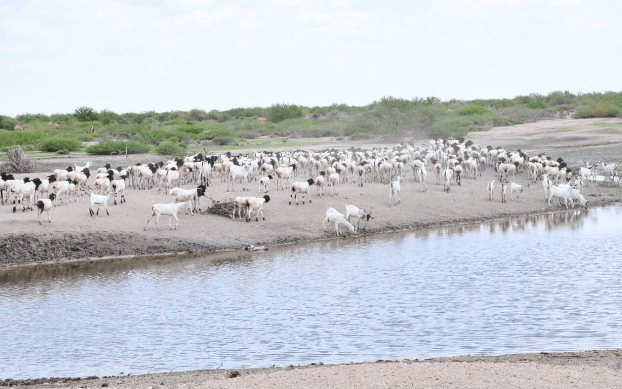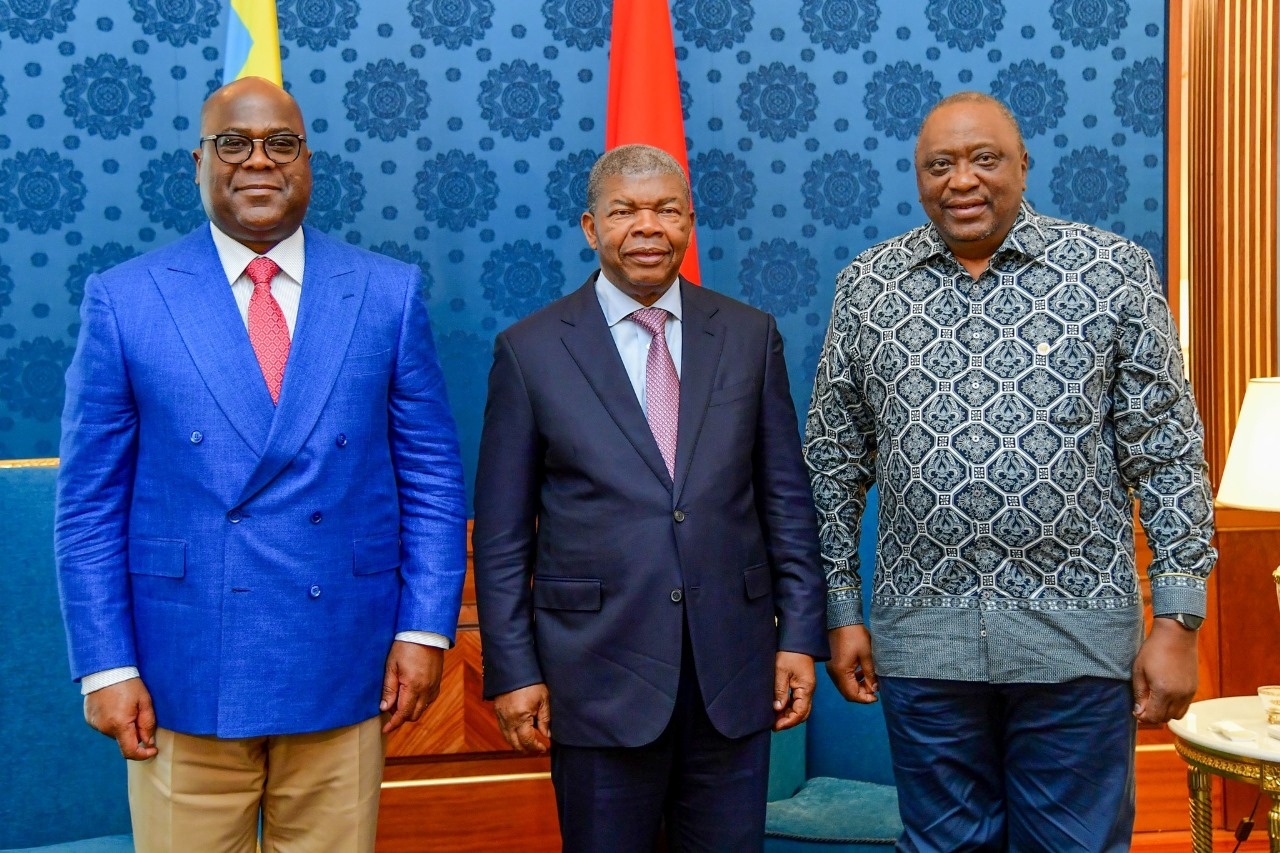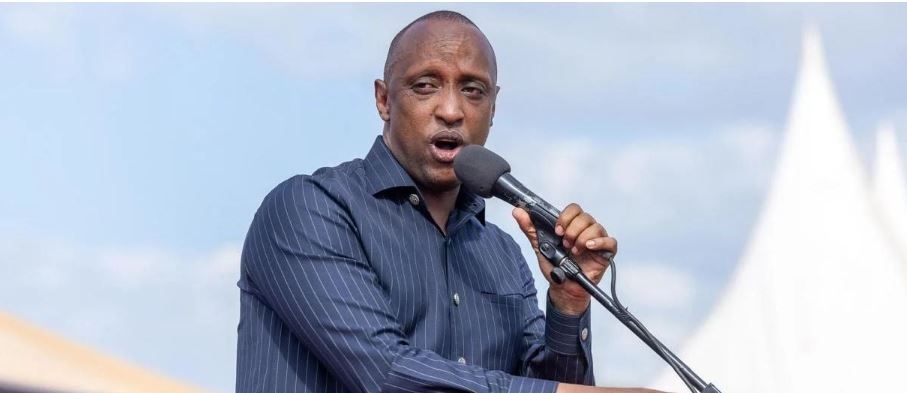Climate change is an urgent and pervasive issue affecting our planet today, with the challenge being how to effectively engage audiences who may not perceive its direct relevance to their lives.
Communication and media practitioners have a critical role to keep the conversation alive and drive action in these uncertain times.
The challenge is not just about raising awareness but ensuring that the messages resonate deeply with diverse audiences to catalyze positive action.
Recently, I attended two events on climate change that highlighted the stark differences in audience engagement. Both events were meticulously planned, featuring impressive panels of experts in the field.
However, the disparity in attendance was notable—one event was poorly attended, while the other drew a large crowd. The post-event evaluations revealed that the key difference was in the messaging.
The poorly attended event did not effectively communicate the relevance of the topic to the audience. This brings us to a critical question: How can communicators capture the attention of their audience on a topic that requires their attention and action?
This question will be at the heart of a workshop organized by the African Journalism Education Network (AJEN) at Aga Khan University next week.
One of the key topics of discussion will be sustainable journalism education and practice, with a focus on reporting and teaching climate change.
The workshop’s theme, "Sustainable Journalism Education: Rising Through the Tide of a Media and Planet in Crisis," will gather media and communication practitioners from across the globe to discuss the way forward for both media and the planet.
A critical part of this discussion would be how to teach journalism, particularly about complex and urgent issues like climate change.
The ability to hook an audience is more than just a skill, it’s a necessity in today’s media landscape.
With attention spans dwindling and misinformation rampant, the way we frame and deliver our messages determines the impact of our communication efforts.
Strategies for engaging audiences in climate change communication should revolve around localizing the issue; making the issue relevant to the audience’s daily lives.
To do this effectively, communicators need to understand the audience’s values, concerns, daily routines and events that shape their lives.
For example, in a place like Turkana where they have extreme weather patterns, the communicator needs to show the connection between the weather and climate change and make the issue more immediate and pressing.
Storytelling is a powerful tool that can enhance communication. The ability to break down complex issues by sharing stories can help humanize climate change issues.
Storytelling creates an emotional connection that can lead to engagement and impactful action.
Multimedia in the digital age can assist in reaching and engaging audiences in dispersed regions.
Social media, podcasts, and even traditional media can be used as interactive platforms to disseminate, share and engage the audience.
The platforms can have forums to create dialogue, build on participation and even encourage user-generated content that can help tailor messages to specific audiences.
According to UNESCO's handbook for journalism educators, fostering a sense of community and engagement is essential, particularly in online learning environments.
This principle can be extended to our broader communication efforts where educators can create spaces for their audience to feel connected and involved in the conversation about climate change.
Other suggestions in the handbook emphasize Diversity, Inclusion, and Equity. Climate change does not affect everyone in the same way. For example, marginalised communities often bear the worst impacts of climate change, but we rarely hear their voices.
They remain underrepresented in the media and even in national budget allocations. It is the responsibility of communicators, including journalists, to ensure their voices are heard thus creating an inclusive, equitable and diverse perspective representation.
Finally, collaborative learning and engagement can enhance the impact of communication efforts.
The integration of AI in communication does not replace the human element; rather, it enhances it.
Online tools can build on collaborative learning experiences where sharing of knowledge leads to more effective strategies for communicating about climate change.
In summary, success in communicating about climate change lies in appropriate messaging, the use of relevant tools and technologies, and making the content relevant to audiences.
This is the enduring challenge to journalists and all other communicators as the world races against time to save the planet from the imminent man-made catastrophe – climate change.
Dr Kiarie teaches at the Aga Khan University Graduate School of Media and Communication


